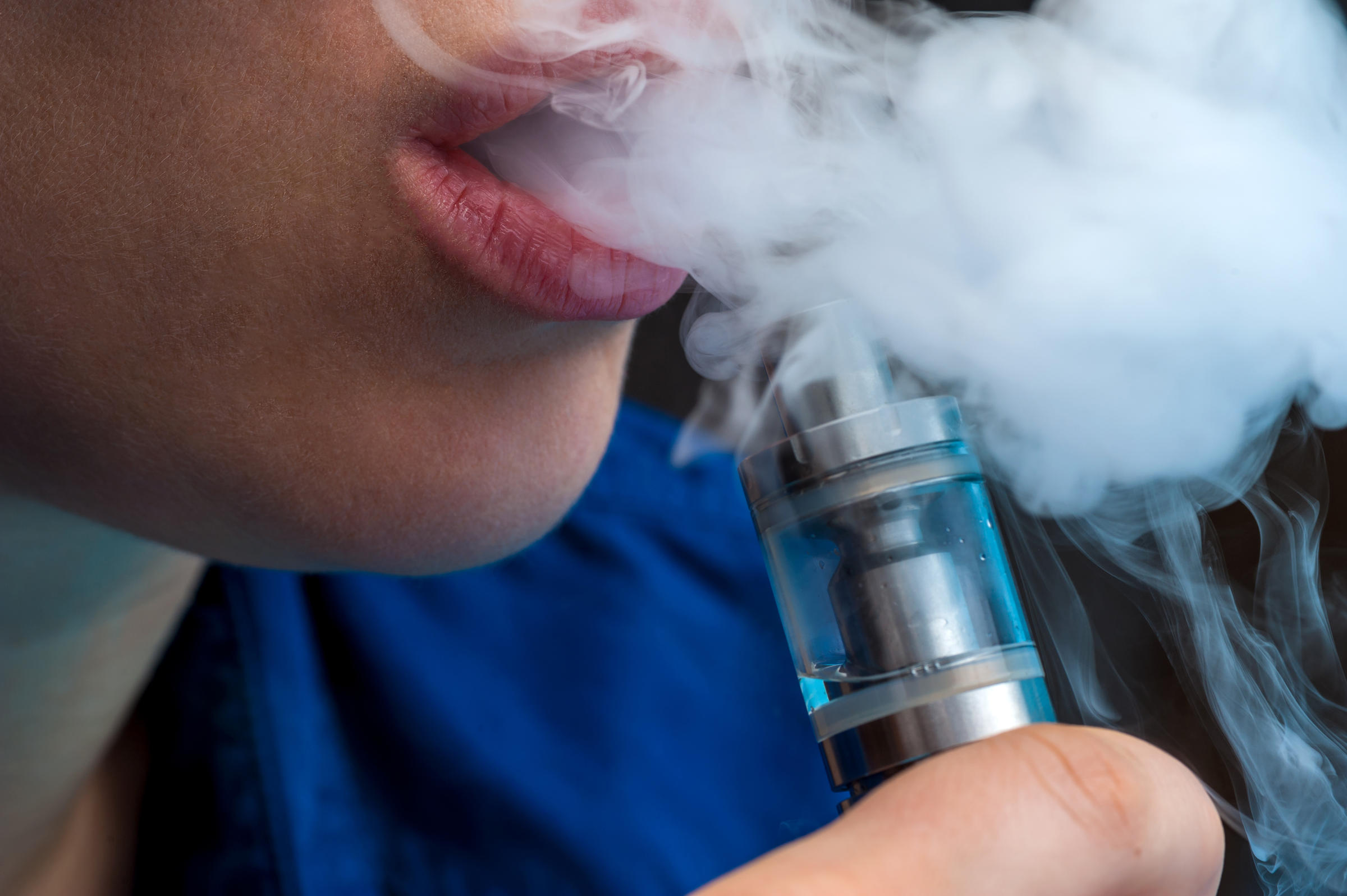Amid a public health concern on vaping, a team of researchers at the University of Montreal and Boston Medical Center released new guidelines for how clinicians should assess and treat excessive electronic cigarette use among adolescents.
The study, published in the Journal of Adolescent Health, details preliminary clinical guidance on assessment, counseling, and pharmacotherapy for vaping among youth.
During screening and assessment, researchers refer to the screening tools routinely used for tobacco or alcohol users since none exists for the use of e-cigarettes.
“Although there are no validated screening tools that explicitly ask youth about the use of e-cigarettes or other vaping products, there are well-studied instruments that ask youth about tobacco,” the findings say. “These screening tools include Screening to Brief Intervention and the Brief Screener for Tobacco, Alcohol, and other Drugs, both of which are freely available and can be easily adapted to inquire about e-cigarettes and other vaping products.”
In the findings, researchers emphasized the importance of using youth-friendly terminology during assessments and identifying the substances contained in the vaping products (flavoring, nicotine, or tetrahydrocannabinol), as instances of seizures have been attributed to such factors.
“Staying informed on recent developments, asking the right questions, and offering effective intervention to youth who vape is suggested for all clinicians to help mitigate the impacts of the vaping crisis,” researchers suggest.
For counseling, 5As, a five-step algorithm, is known to be effective for smoking cessation and can also be used for vaping among youth. “Clinicians should routinely ask all youth whether they vape; advise youth who vape to quit; assess their motivations and readiness to quit; assist their cessation effort, using some of the approaches described below; and arrange for ongoing follow-up,” the study indicates.
Youth and families should be informed that the greater the number of attempts, the higher the chances of success,” researchers state. “Regular and ongoing follow-up can help identify relapse early and give clinicians an opportunity to provide positive reinforcement and revisit the treatment plan.”
“Youth who experience nicotine cravings and withdrawal, both of which are likely to hamper cessation attempts, should be offered pharmacotherapy.”
“The youth-focused workforce has a vital role to play in protecting against the known and potential risks of e-cigarette use and vaping,” the findings show. “By staying informed on recent developments, asking the right questions, and offering effective interventions to youth who vape, clinicians from all disciplines can help mitigate the impacts of what may be one of the most pressing public health issues of our time.”


